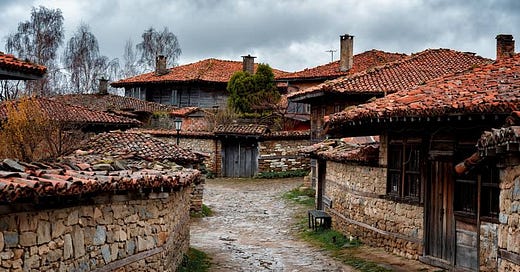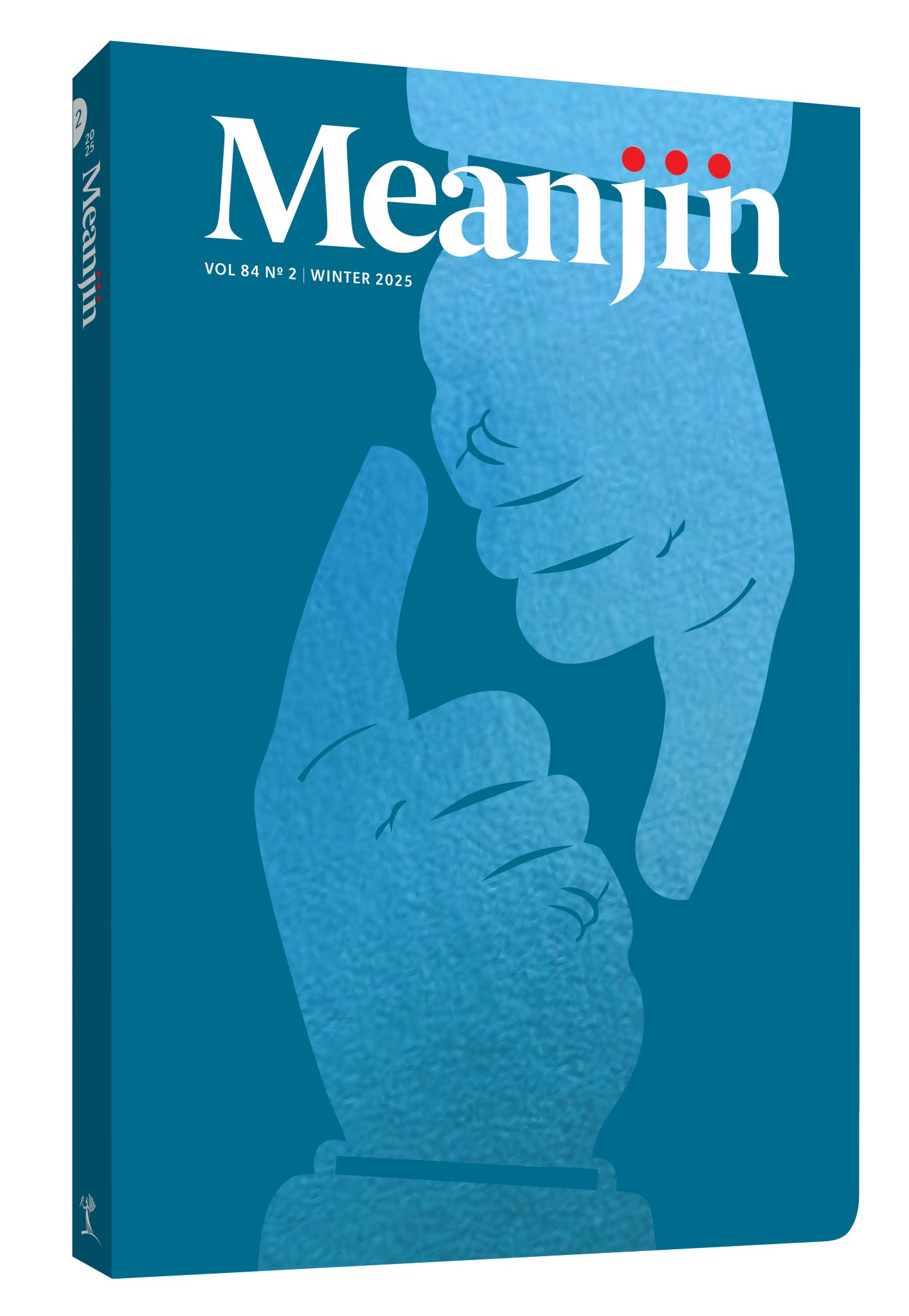Since 2015, I have written two novels and a novella. You can read the novella, Terms of Service, here on my Substack. It’s a pandemic-era satire about the Morrison years in Canberra. It’s also love letter and a murder mystery. It channels, and often steals from, Raymond Chandler.
My first novel, A Death in Phnom Penh, once came very close to publication at Picador. (I should probably put it out there again.) My second, The Man from Westralia, has not yet been read by anyone, on the grounds that I have been inordinately lazy and haven’t rewritten it yet. I have this terrible tendency to put more stock in the writing of the thing than in the publication of it, which means I tend to write a novel, move on immediately to the next one, and forget that no one has actually read the one I just finished.
As of this week, though, I am finally a published author of fiction.
The new issue of Meanjin, one of Australia’s longest-running literary magazines, came out on Tuesday. The issue includes my first piece of published fiction, a short story titled ‘Zheravna’. The validation I felt when they told me they wanted to publish it was a narcotic I could get used to.
I’d been thinking about the story for years before finally putting thumbs to touchpad. (I wrote it almost entirely on my phone, which wasn’t something I’d tried before. It was actually a really useful way to write, because, ironically, it kept me off my phone.) I had in mind Murnane, particularly ‘When the Mice Failed to Arrive’, and Ben Walter, though it bears little resemblance to either. I wanted to see whether my journalistic, essayistic voice—which is obviously the most honed of my writing voices, given my former career—could be applied to a made-up story. I liked the results a lot.
Here’s how it begins:
Researchers into olfactory memory, that curious nostalgia of the nose, have put it all down to the limbic system. I have read but cannot always parse the literature: the academics tend to lose me at the orbitofrontal cortex. But the basic proposition is this. Unlike other sensory inputs, which are translated from physical experience into data by an egg-shaped relay station called the thalamus, scent is processed elsewhere, in the brain’s olfactory bulb, which is directly connected to the hippocampus and amygdala, which are where memory and emotion reside. How the hardwiring happens, I couldn’t tell you, and I am similarly at a loss to explain why some scents are more triggering than others. For me, there are two that never fail to transport me, my own personal madeleines.
The first is really a mixture of smells—of diesel, barbecued meats, human sweat—which, wherever I am in the world, immediately takes me back to Hong Kong, to my first overseas trip, to the tender age of twelve. The second is the smell of woodsmoke, which, for a long time, was similarly connected to my childhood. It evoked bonfires on my grandfather’s farm, my bright blue gumboots a little melted around the soles. It evoked Friday night football on free-to-air television. We would pull the couches away from the wall and push them a little closer to the screen. I can see my family lined up along these couches, scarves in team colours wrapped dutifully round their necks, and me sitting with them, a little closer to the wood heater, a book open but scarcely read in my lap. It was not that I was interested in the game that caused me to sit with my family, but ritual, and it was not the old cathode ray that distracted me from my reading. It was rather that my proximity to the fire almost invariably lulled me to sleep.
Another thing I couldn’t tell you is how the memories to which scents are connected change, or, to put it another way, how a scent like woodsmoke, so long connected to one thing, could somehow suddenly start calling to mind another. I know that that the piriform cortex of the olfactory bulb serves as a kind of long-term storage facility for scent-related recollections, and I know, too, that the orbitofrontal cortex plays a role in determining which scents are to be archived in this way. Researchers in Germany have successfully used electrical impulses to trigger such memory creation in the piriform cortexes of rats. What isn’t clear to me is how it happens in the absence of German scientists or electrodes.
What follows is part travelogue, part murder mystery, part autofictional confession, part traumnovelle. It has a lot of moving parts for a piece that comes in at slightly less than four thousand words.
The new edition of Meanjin is out now. In addition to my own contribution, it also includes essays by Claire Coleman, Barry Jones, and my friends Alison Croggon and Lisa Pham. You can order it here or, better yet, subscribe.
Now to get a novel out there.




